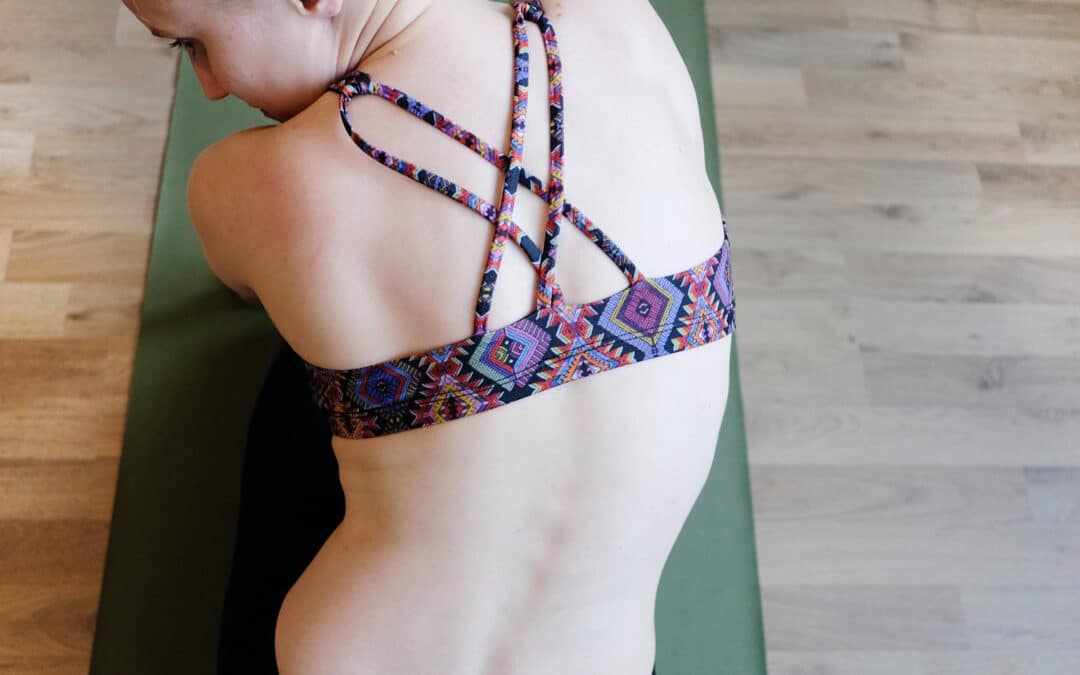
Alexander Technique and scoliosis
Alexander Technique and scoliosis.
Scoliosis is a condition where your spine has lateral curves that are extra to the normal spinal curves.
There are seven types of scoliosis. The most common type is called Adolescent Idiopathic Scoliosis (AIS). AIS affects many more adolescent girls than boys. The reason for this is not clear. Common treatments are back bracing and/or surgery.
If you have scoliosis, then Alexander Technique can help you by showing you how to reduce tension around your spine; establishing how to harness your body’s natural coordination system; teaching you to work with your body’s design; developing lightness and ease in movement.
Alexander Technique recorrects postural habits and by creating new awareness of where your body is placed in space, and response to things around you, you develop better proprioception and improved neural function. This supports structural strength with new muscle activation and improved posture for optimal function and coordination.
People with scoliosis have reported how the Alexander Technique has been a helpful way for them to develop a greater awareness, self-esteem and an overall empowered sense of their bodies.
The Scoliosis Association of the UK lists the technique as a helpful practice for people with scoliosis.
Managing scoliosis
Adults with scoliosis ranging from mild to severe can at times experience back pain or discomfort. Alexander Technique can instruct you on how to let go of unnecessary tensions, stiffening and collapse that you may have patterned. These often have developed as a habit in response to wearing a back brace and may be exacerbating. Instruction on easy uprightness, natural full breathing and reduction of muscular tension can assist you to be more comfortable in your body. In some cases, exaggerated back curves will reduce with improved posture and muscle tone.
Alexander for children developing scoliosis
Where a child is found to have a mild scoliosis or a developing scoliosis, Alexander Technique lessons can show them methods for releasing up off the spinal curve, rather than compressing down onto it. Encouraging easy uprightness and good postural habits will not prevent the scoliosis but may assist the child by:
1. Reducing the amount of compensatory tension and collapse
2. Providing positive strategies for addressing the changes that are occurring
3. Increasing body comfort and self-image.
Alexander Technique and bracing
Sometimes, young people have their scoliosis treated with a brace that they wear under their clothes for a prescribed amount of time each day.
Alexander instruction does not conflict with the medical treatment of wearing the brace. It does help the person to overcome some of the side effects of wearing a back brace over an extended period.
The brace holds the torso tightly and is designed to prevent the back curve from worsening.
The young person may develop over-tension in neck, shoulders and legs as a compensation for wearing the brace. The back muscles may weaken and lose tone. Breathing may be constrained because of squeezing around the rib cage and torso.
Alexander Technique can assist the young person, who is using a back brace, to prevent harmful breathing habits from developing and to maintain back muscle tone. Alexander awareness can assist the brace wearer to minimise the postural impact of the treatment and to maintain easy uprightness when the brace is not being worn.
Have a look at a series of short videos from a scoliosis sufferer Galen Cranz. click here
Alexander Technique lessons can be an important way that people who suffer from AIS or other forms of scoliosis can manage their condition.
Further reading
The Alexander Technique and scoliosis for children,adolescents and teenagers
Lindsay Newitter blogs about her experience of scoliosis and use of Alexander Technique to assist
Scoliosis and pain reduction using Alexander Technique

Video: Galen Cranz talks about managing her scoliosis with Alexander Technique.
With over thirty years teaching experience, I am able to provide my students with a strong conditioning movement that, with repetition, breaks the pattern of over-tension and rigidity around scoliosis.
Clear cognitive work provides my students with a structure for understanding the somatic experience. This approach adds to the physical conditioning by waking up the executive functioning part of the brain, stimulating it to influence motor habits; developing your skills at creating flexible adaptive postures and movements. This approach helps you to evolve an elastic, easy uprightness that seems effortless.
If you find yourself in the Blue Mountains come and work with me to experience a different approach to scoliosis.
Other blogposts from Blue Mts Alexander Technique
-

Alexander Technique and Posture
Achieve Better Posture with the Alexander Technique Who wouldn't like great posture? After all posture reflects who we are, our mood, our...
-

Backsaver | use a Backsaver cushion for a comfortable semi-supine
The semi-supine is a procedure that is recommended by Alexander Technique teachers around the world. It involves lying on a firm surface, having the...
-

Chronic Pain-using Alexander Technique to manage pain conditions
Alexander Technique for chronic pain The Alexander Technique is an educational method, not a health-care intervention. Alexander teachers do not...
-

Best self-improvement-Constructive Conscious Control of the Individual
The best self-improvement for your well-being is Constructive Conscious Control In the realm of self-improvement and personal growth, one concept...
-

Alexander Technique and breathing
The Alexander Technique presents a holistic approach for improving posture, movement, and overall well-being. Developed by F.M. Alexander in the...
-

Manage your herniated disc
It’s called a “slipped disc”, a ‘bulging disc” or a “herniated disc”. It means pretty much the same...
-

Yoga and semi-supine
In yoga it’s called “savasana”. In Alexander Technique it’s called “semi supine” or “constructive...
-

Sciatica self-regulation with Alexander Technique.
Alexander lessons can assist you to manage sciatica. Sciatic pain happens when inappropriate pressure comes onto the sciatic nerve. The causes can...
-

Use your hip joints to avoid back pain
Did you know that the most common type of back pain, suffered by people, is lower back pain? If you have lower back pain, it's a red flag that...
-

What is the Alexander Technique semi-supine position?
This person is doing an Alexander Technique procedure called the 'semi-supine'. Some people call this the 'Rescue Position'. It's called the Rescue...
-

The Alexander Approach
The Alexander approach to human functioning. The Alexander approach to teaching provides you with the opportunity for making choice within your...
-

Alexander Technique for Back Pain.
If you have pains in your back, legs arms and neck that won’t go away, you are not alone. Over 4 million people in Australia or (16% of the...
-

Alexander Technique and scoliosis
Alexander Technique is an invaluable tool for anyone who suffers from scoliosis. Conventional treatment involves the sufferer wearing a brace....
-

Is Alexander Technique Quackery?
Is Alexander Technique Quackery?If you are developing an interest in Alexander Technique, it's good to gather information and understand what it is...
-

Does Alexander Technique help back pain?
Chronic back pain can be effectively managed by employing Alexander Technique skills. Pain sufferers not only experienced reduction in pain days but...
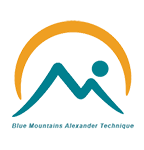

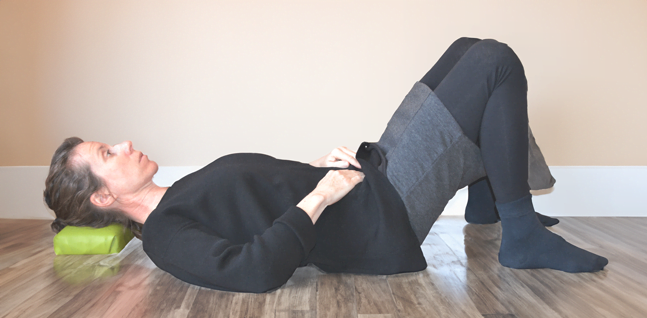

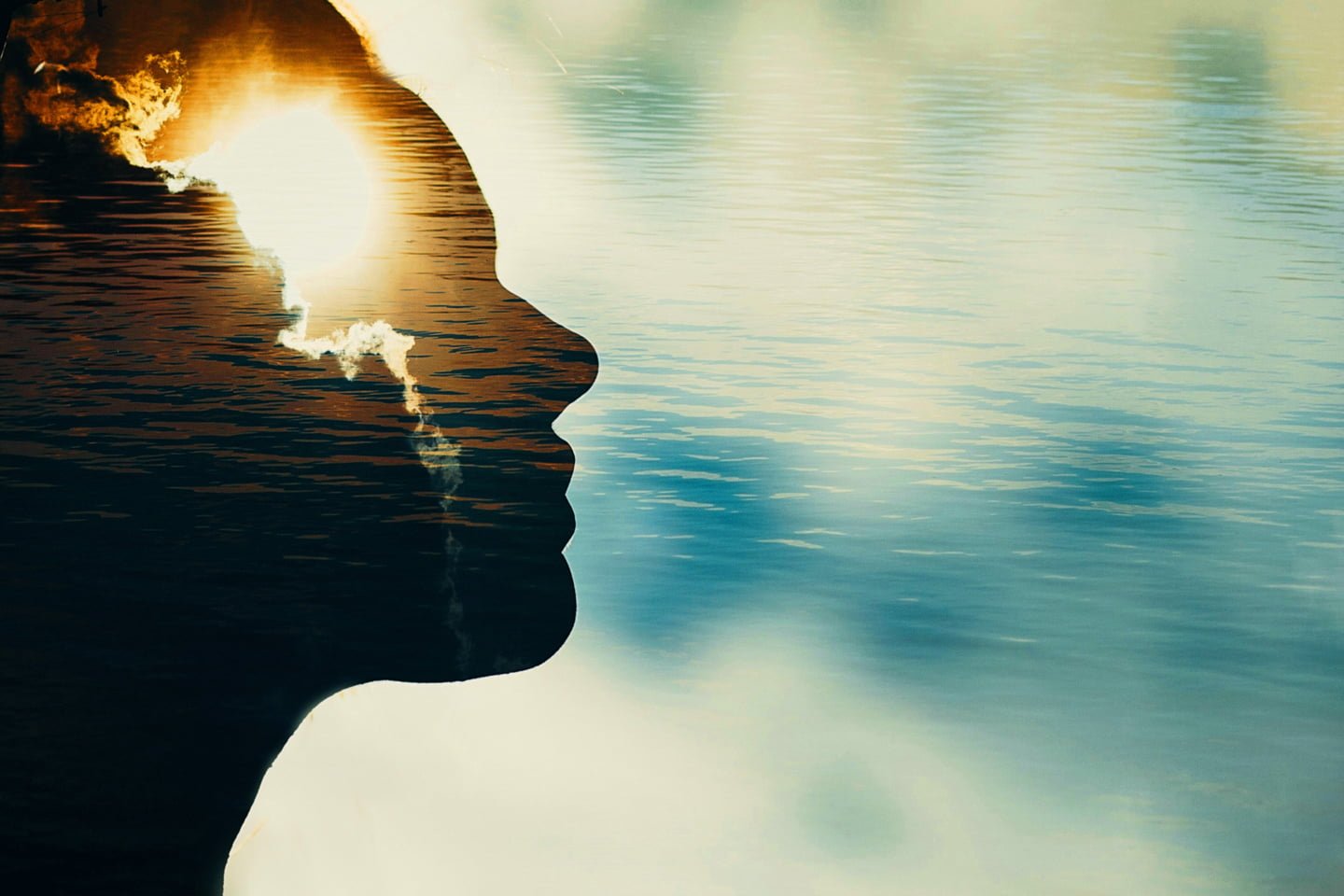





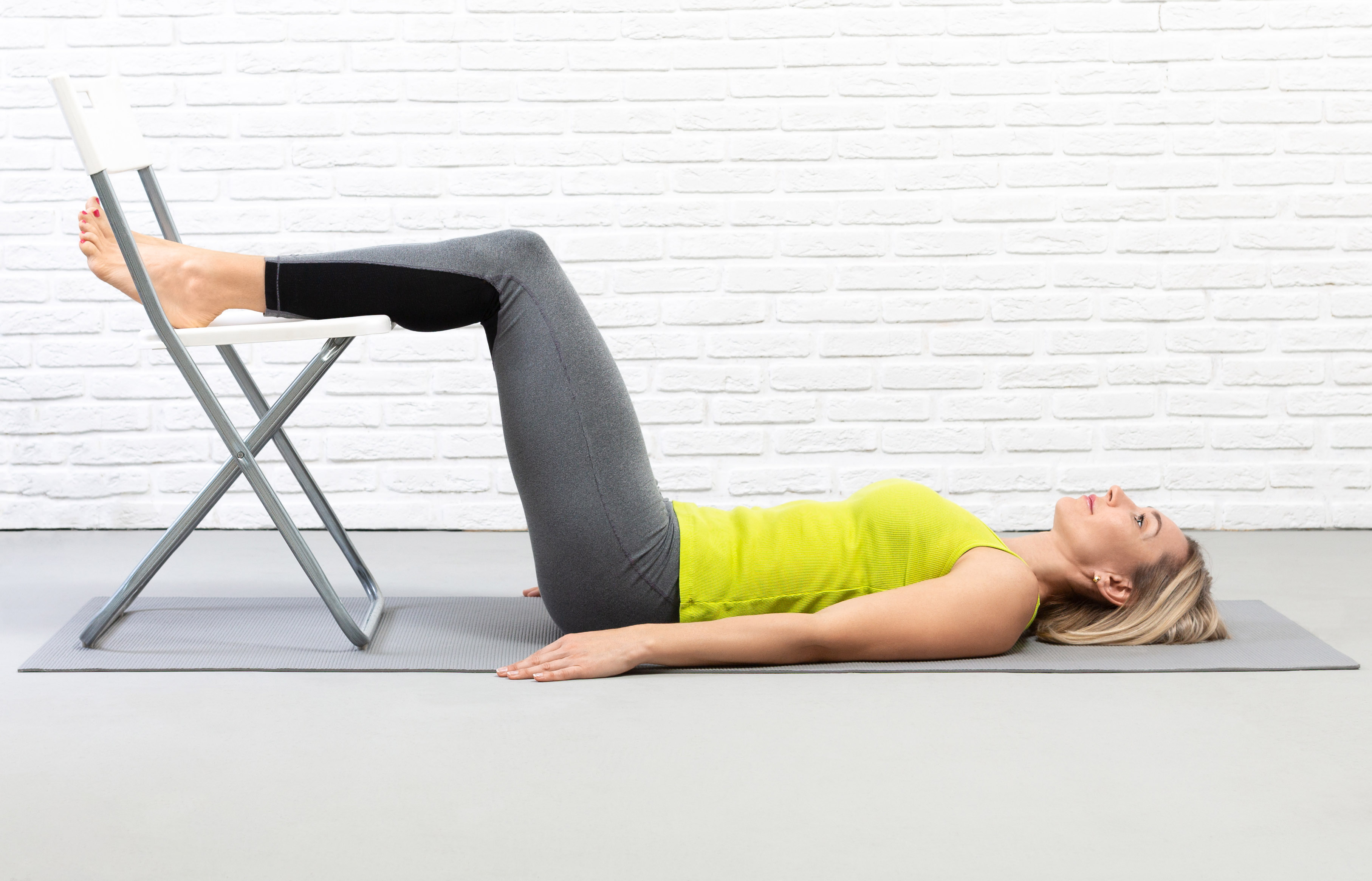
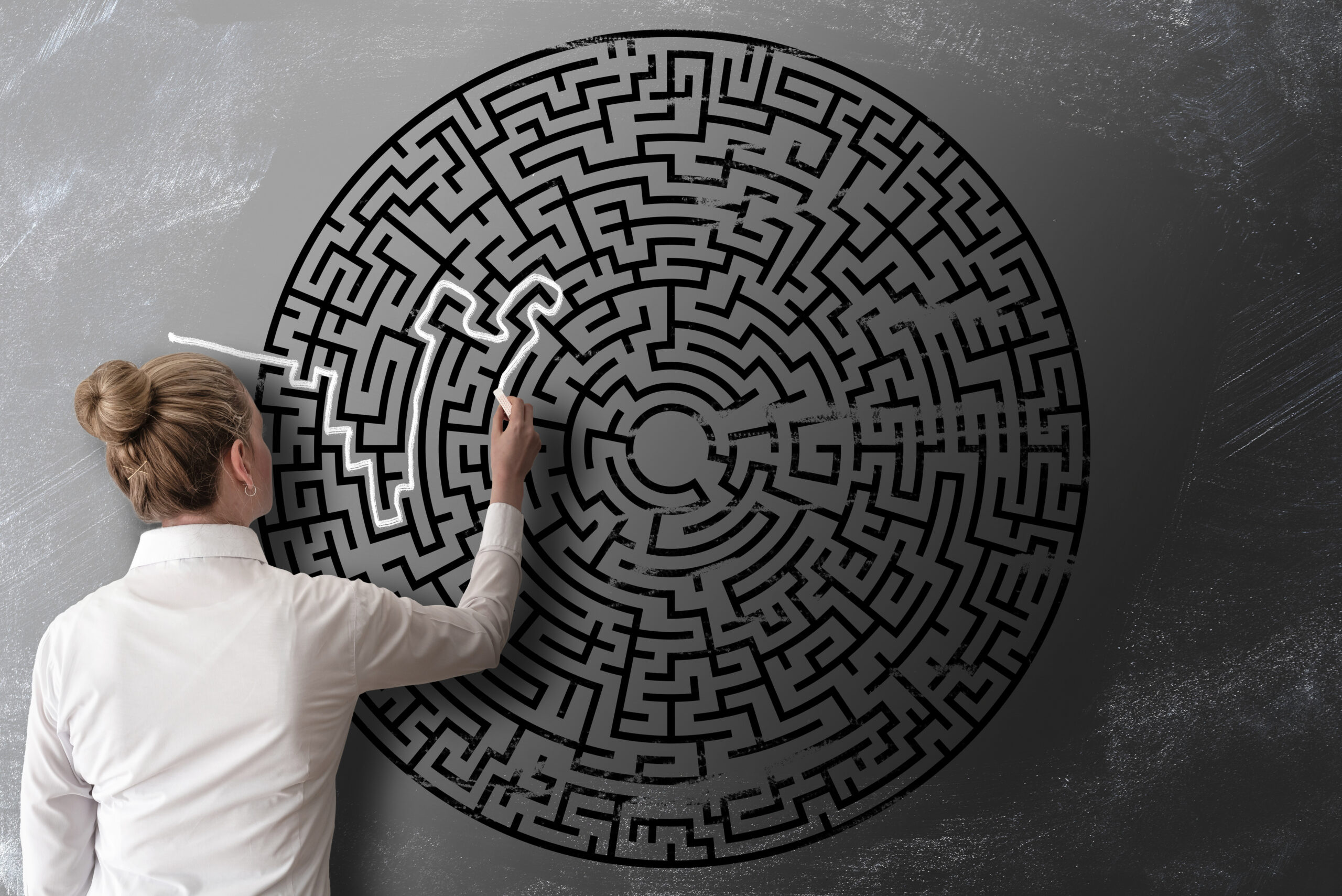
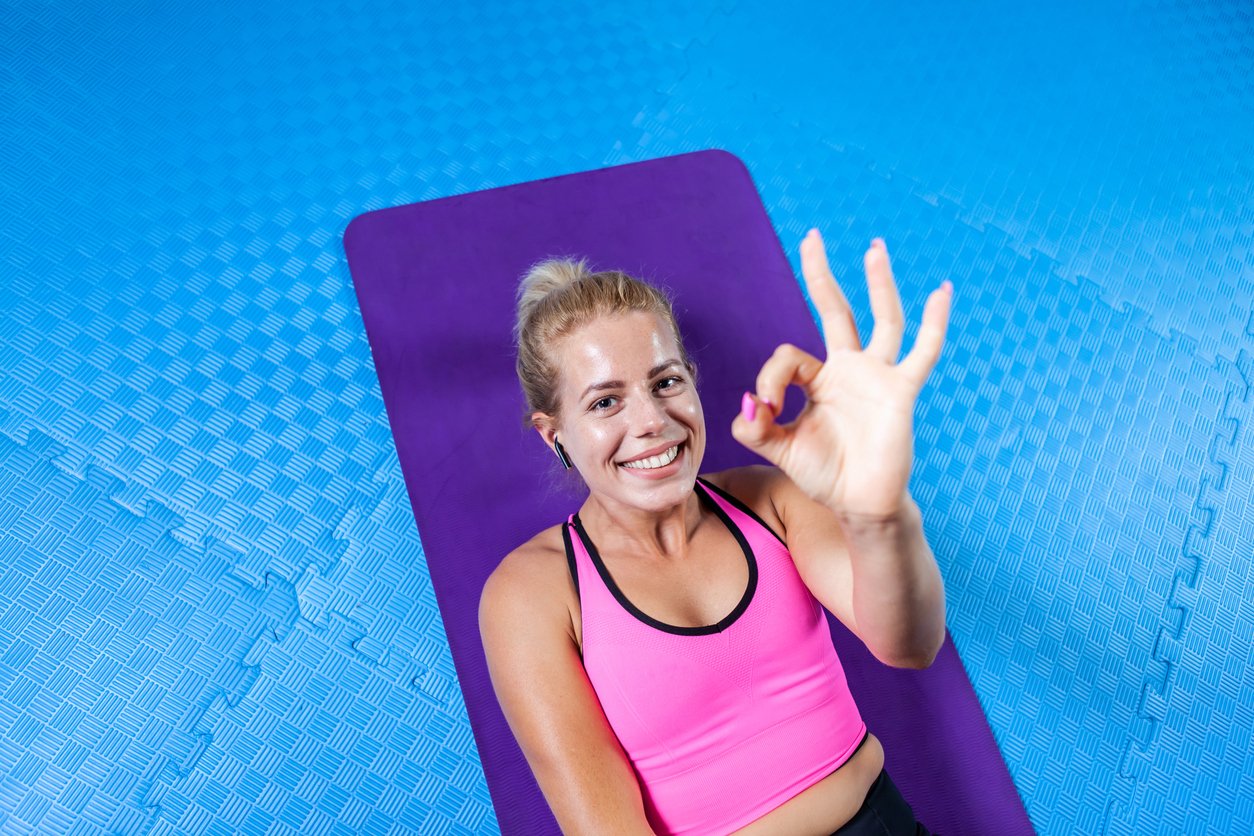
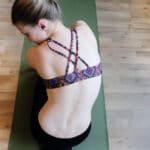

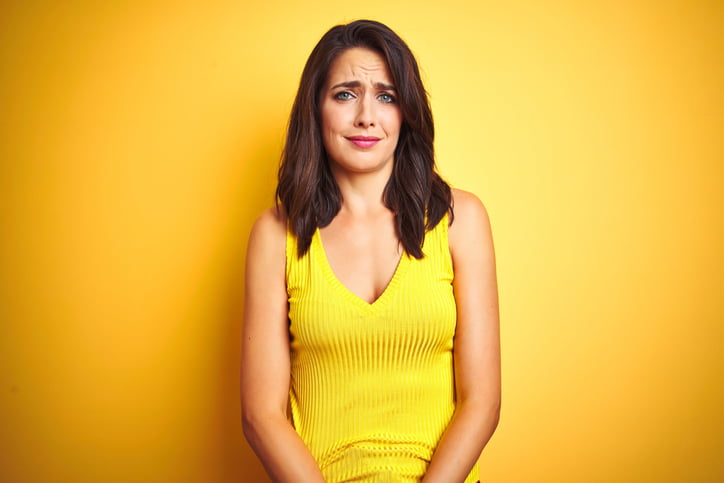

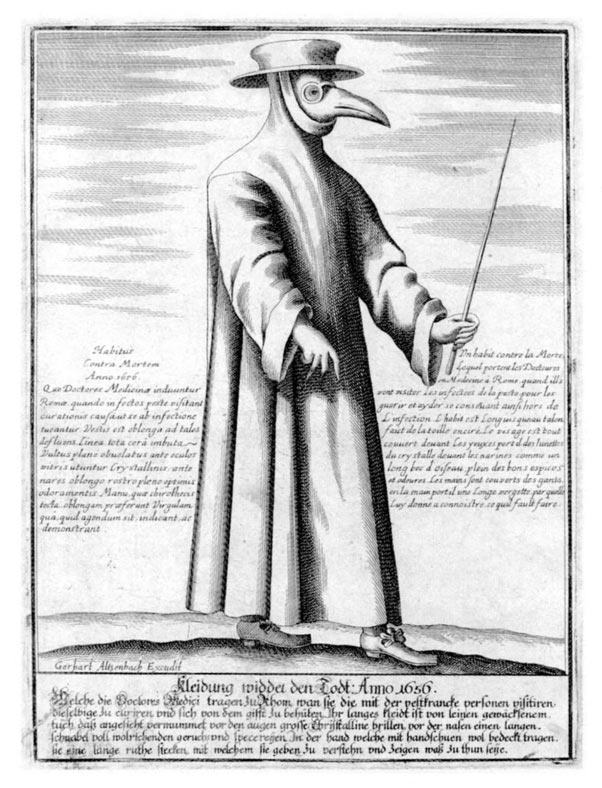
Recent Comments